Bohemians in St. John's Wood
An Extraordinary History of a London House
Mary Barnes Hutchinson
Mother of Jeremy Hutchinson and Barbara Hutchinson
Mother-in-Law of Lord Victor Rothschild
Resident in 2A Nugent Terrace
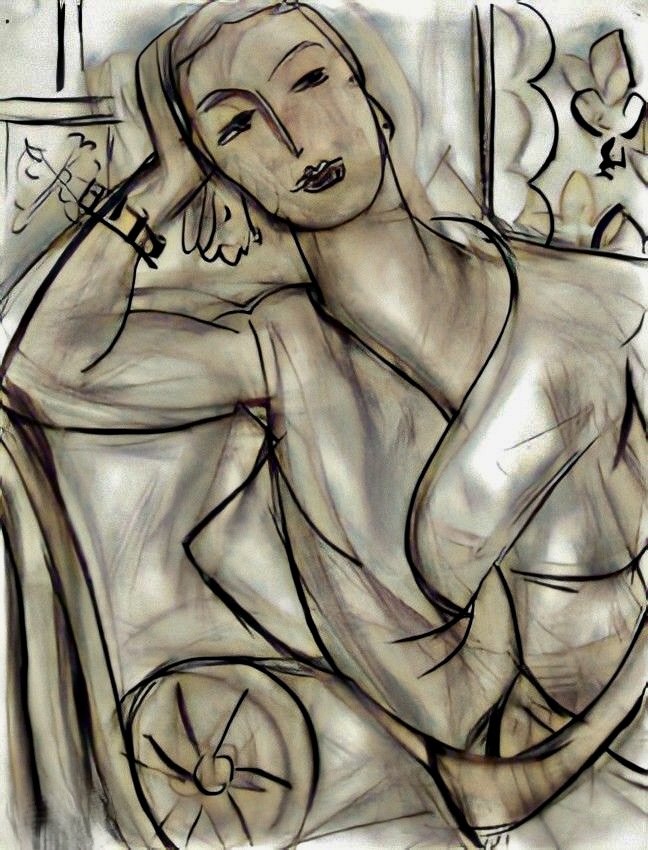
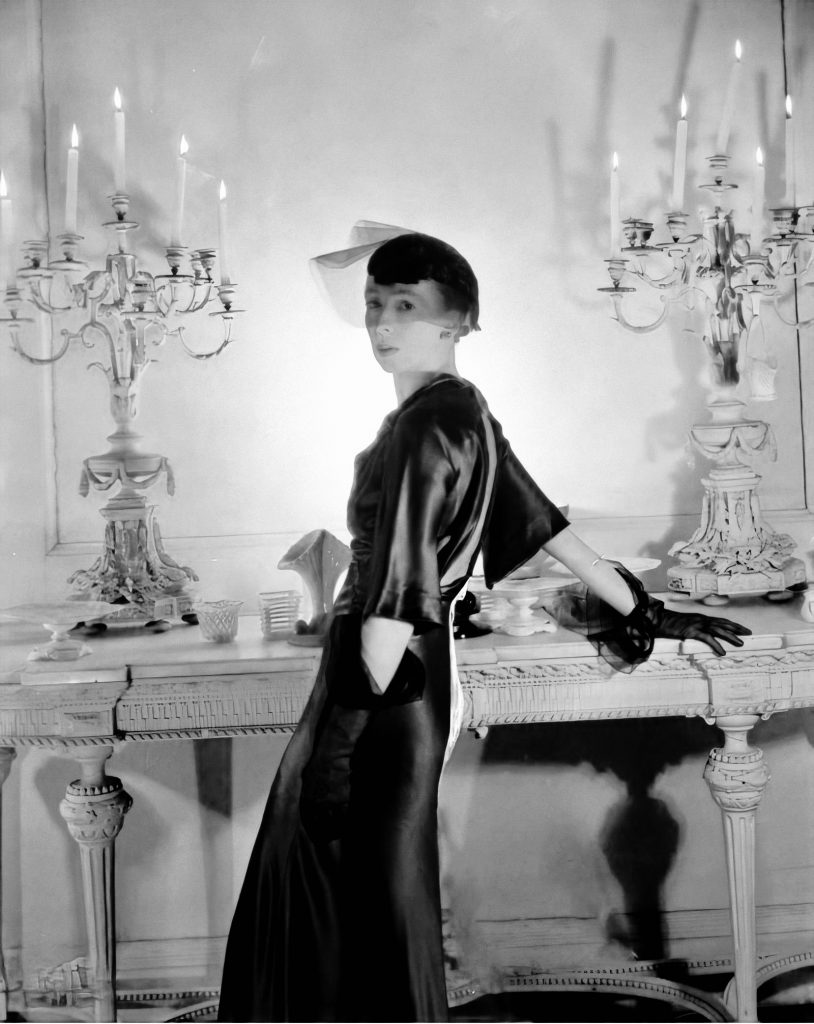



Mary Barnes Hutchinson (1889 – 1977) was a British short-story writer, socialite, model and a member of the Bloomsbury Group. She was born in British India to Sir Hugh Barnes and Winifred Strachey Barnes. After spending her early childhood in India, she was raised in Florence, Italy, by her maternal grandparents, and later attended boarding school in England.
Hutchinson moved to London in 1909 and in 1910 married barrister St John Hutchinson. Their marriage lasted until his death in 1942. They had two children, Jeremy Hutchinson, Baron Hutchinson of Lullington and Barbara Judith, who married Victor Rothschild, 3rd Baron Rothschild.
In 1910, her cousin Lytton Strachey and Duncan Grant introduced her to the Bloomsbury Group. Hutchinson became a patroness, hosting lavish soirees at her two homes, Eleanor House and River House. In 1927, influenced by the Group’s writers, Hutchinson published a single volume of thirteen articles and six short stories entitled Fugitive Pieces. Throughout her life, she attracted a group of writers and painters to her house, where she and her husband entertained often, including T. S. Eliot, Aldous Huxley, and Virginia Woolf.
She often posed as a model for painters. In 1915, Vanessa Bell (wife of Mary’s lover) painted an unflattering portrait of her called Mrs. St. John Hutchinson, describing it as “perfectly hideous… and yet quite recognizable.” Hutchinson also posed for two of Bell’s paintings, Nude with Poppies (1916), which Bell painted for Hutchinson. Clive Bell introduced her to Henri Matisse, who drew her portrait twice in 1936, both charcoal drawings entitled Portrait of Mary Hutchinson.
In the early 1930s, Russian artist Boris Anrep used her as a model for Erato, the muse of lyric poetry, in The Awakening of the Muses mosaic in the entrance hall of the National Gallery in London.
Although married until her husband’s death in 1942, Hutchinson had many lovers, many of whom were part of, or in contact with, the Bloomsbury Group. She maintained a long term, indiscreet affair with Clive Bell from 1914 until 1927, who was married to fellow Bloomsbury Group member Vanessa Bell. Her letters suggest that she maintained a similarly long-term relationship from 1922 to 1930 with both Aldous Huxley and his wife Maria, although this was kept secret from the Bloomsbury Group and her husband. Mary Hutchinson also had brief liaisons with Vita Sackville-West and Matisse’s son-in-law, Georges Duthuit. Mary Hutchinson and Virginia Woolf were also intimate friends.
Hutchinson and T.S. Eliot maintained a close correspondence from 1916 until the last months of his life. She was an early supporter of Samuel Beckett and corresponded with him throughout his career. Hutchinson was interested in fashion and interior design and remained an active patron of the arts throughout her life. She died in London in 1977.
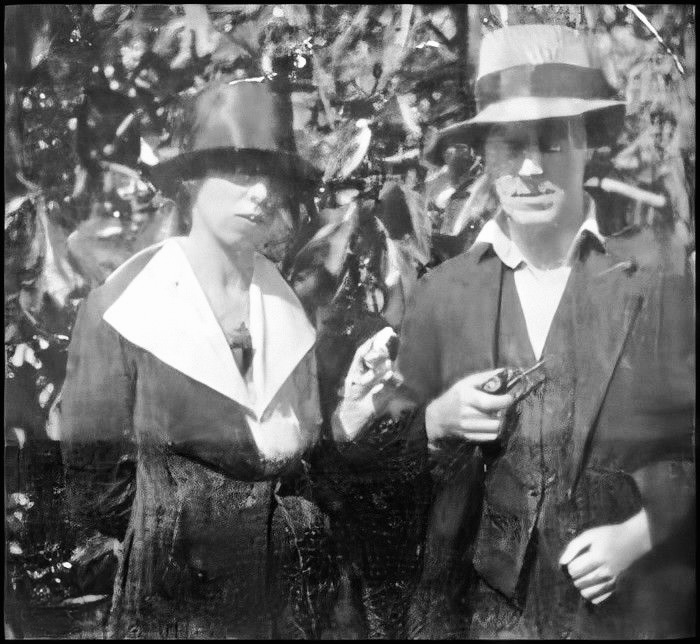
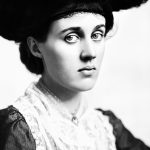
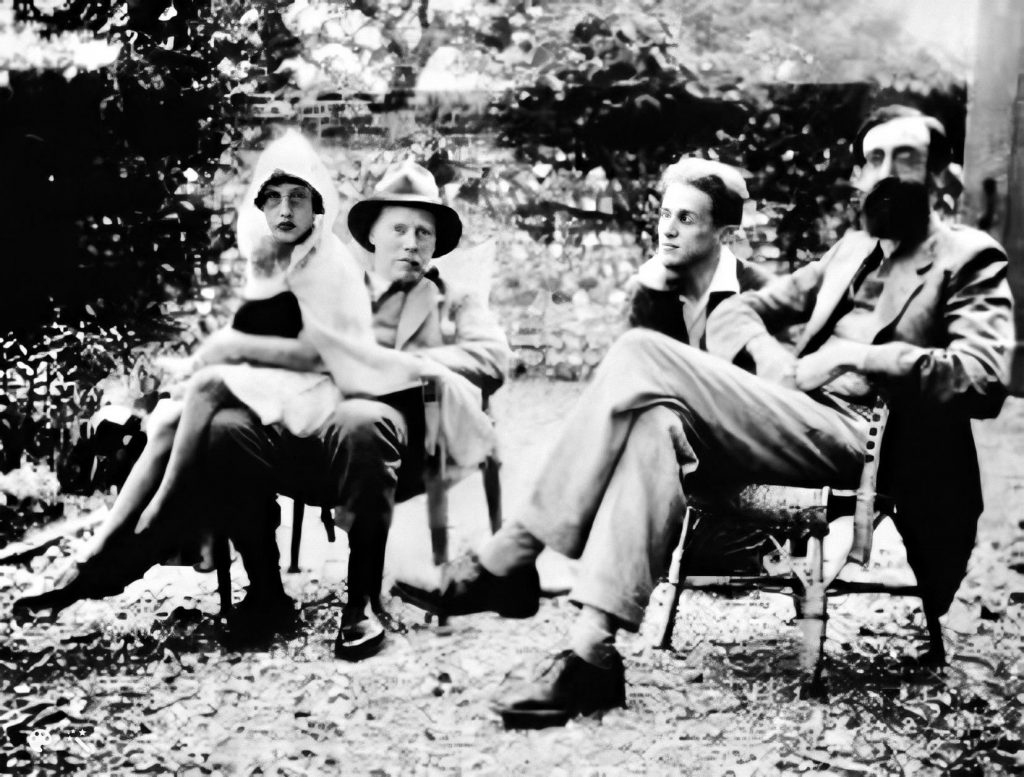
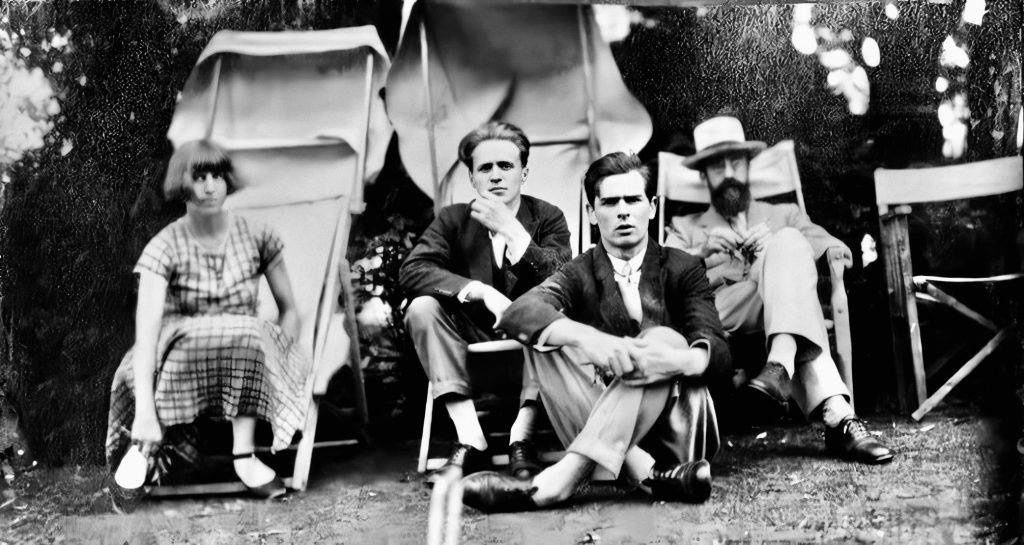
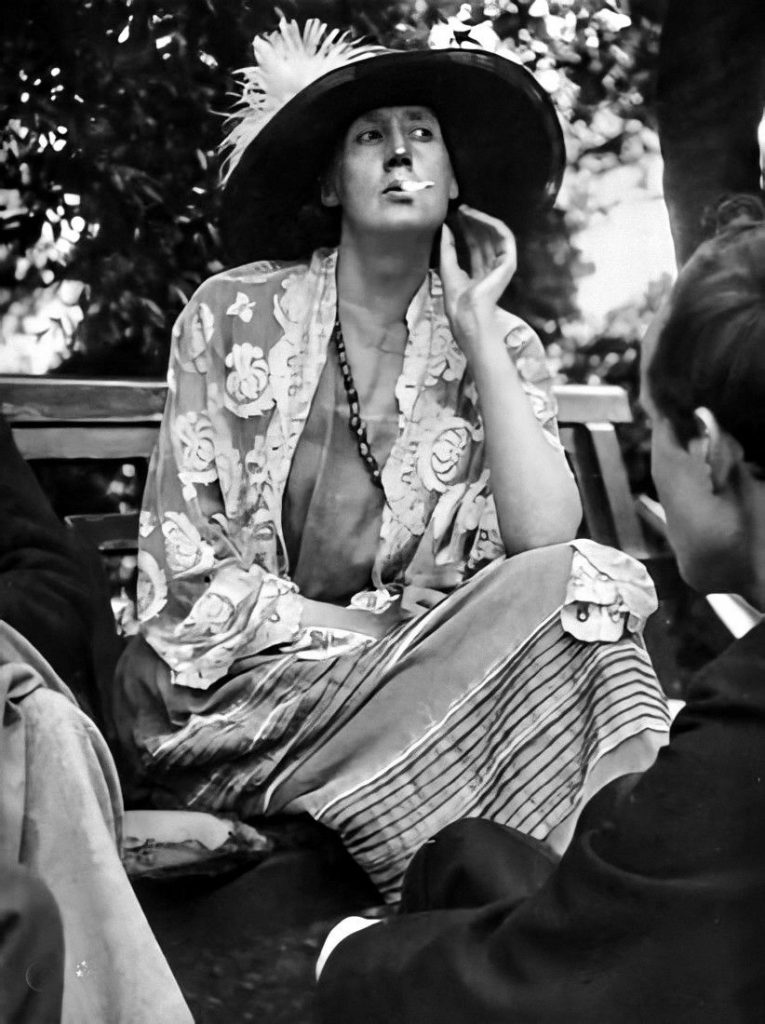
SIDE NOTE:
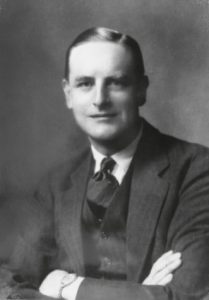 Mary Hutchinson’s brother James Strachey Barnes, a graduate of Eton, Sandhurst, and Cambridge University, became an assistant to Nigel Nicholson in the Versailles Treaty negotiations at the end of WWI. From this experience he perceived a plot by US President Wilson for a Pax Americana to rule the world. He soon renounced England to live in Italy, converting to Roman Catholicism, joining the Fascist Party, and becoming a friend of Benito Mussolini.
Mary Hutchinson’s brother James Strachey Barnes, a graduate of Eton, Sandhurst, and Cambridge University, became an assistant to Nigel Nicholson in the Versailles Treaty negotiations at the end of WWI. From this experience he perceived a plot by US President Wilson for a Pax Americana to rule the world. He soon renounced England to live in Italy, converting to Roman Catholicism, joining the Fascist Party, and becoming a friend of Benito Mussolini.
In a letter to Mary Hutchinson in 1927, Aldous Huxley, residing at the time in Florence, included a message to her brother: “If you see Jim, tell him his adopted country is becoming so bloody as to be practically uninhabitable. The Fascist efforts to civilize Italy result in merely the creation of an interfering police, which one would call corrupt and inefficient, as well as tyrannous.”
During the 1930s and WWII, James Barnes became an anti-American, anti-Jewish writer and propagandist for Italian Fascism, along with his good friend, poet Ezra Pound. He blamed the victory by American forces on the character of the Italian people — “easily bribed, disorganized, unfaithful, without a sense of civic responsibility, morally shameless, and too weak to control their women” — defects which he believed Fascism was going to correct.
During the American occupation of Rome 1944-1946, he was hidden within Vatican City by Pope Pius XII. Afterwards, he avoided British treason charges due to his family connections. He remained a fervent believer in Fascism until his death in 1955 and was buried in the Verano Monumental Cemetery of Rome.
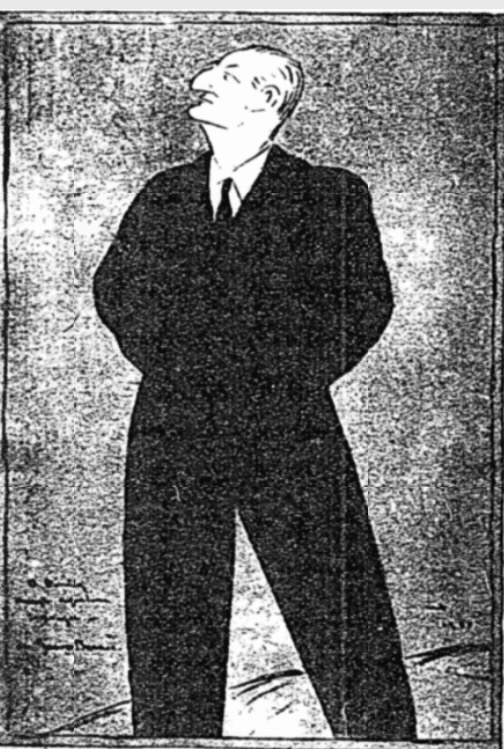
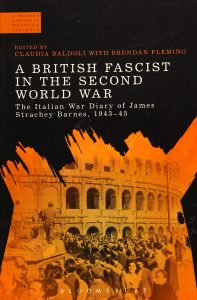
END NOTE:
The full collection of the papers of Mary Barnes Hutchinson are found in the Harry Ransom Center, University of Texas at Austin. They are described as follows:
—–Correspondence makes up the bulk of the Mary Hutchinson Papers, 1910-1977, supplemented by a few holograph and typescript manuscripts by Hutchinson and other authors. The papers are organized into three series, with materials arranged alphabetically by title or author: I. Works, 1966-1974 (.5 box); II. Correspondence, 1910-1977 (21 boxes); and III. Works and Ephemera by Other Authors, 1915-1922 (1 box). These papers were previously accessible through a card catalog, but have been re-cataloged as part of a retrospective conversion project.
—–The Works Series is composed of a few articles written by Hutchinson, including biographical sketches of several members of the Bloomsbury group, notes taken on the life and works of Samuel Beckett, and a list of the letters she received from Beckett. The Index of Works identifies the titles of Hutchinson’s works present in this series.
—–The Correspondence Series contains three subseries: A. Outgoing Correspondence, 1915-1973, B. Incoming Correspondence, 1910-1977; and C. Third-party Correspondence, 1912-1941. It should be noted that in many cases the dates of letters are assumed from postmarks on envelopes. The collection of outgoing letters is fairly small, representing only a fraction of the letters Hutchinson must have written. Best represented in this section are her letters to her cousin Lytton Strachey of which 141 are included. Also present are a number of drafts of letters intended for Samuel Beckett. Recipients of Hutchinson’s letters can be identified in the Index of Correspondents in this guide.
—-Incoming Correspondence makes up the bulk of these papers with well over 2,500 personal letters, postcards, notes, and telegrams sent to Hutchinson over a period of 60 years. By far the largest contributor to this section is Clive Bell with nearly 1400 letters. Other large accumulations of letters are present from Samuel Beckett, Vanessa Bell, Dora Carrington, T.S. and Vivienne Eliot, Aldous and Maria Huxley, Lytton Strachey, Henry Tonks, Virginia Woolf, David Wright, and others. Third-party Correspondence rounds out the Correspondence Series with a number of social and business letters to St. John Hutchinson from Thomas Earp, T.S. Eliot, Maria Huxley, and Henry Tonks, as well as others. All correspondents in this series are listed in the Index of Correspondents in this guide.
—–The Works and Ephemera of Other Authors Series primarily contains the output of Hutchinson’s writer friends, including Samuel Beckett, Clive Bell, Gilbert Cannan, Joseph Hone, and Aldous Huxley. Also present is a portrait photograph of Clive Bell taken by Roger Fry, book plates belonging to Huxley, and a fragment of Augustus John’s autobiography. Works in this series are listed in the Index of Works by Other Authors at the end of this guide.
Elsewhere in the Ransom Center are five Vertical Files of newspaper clippings saved by Hutchinson which include periodical articles written by Clive Bell and articles about Aldous Huxley.